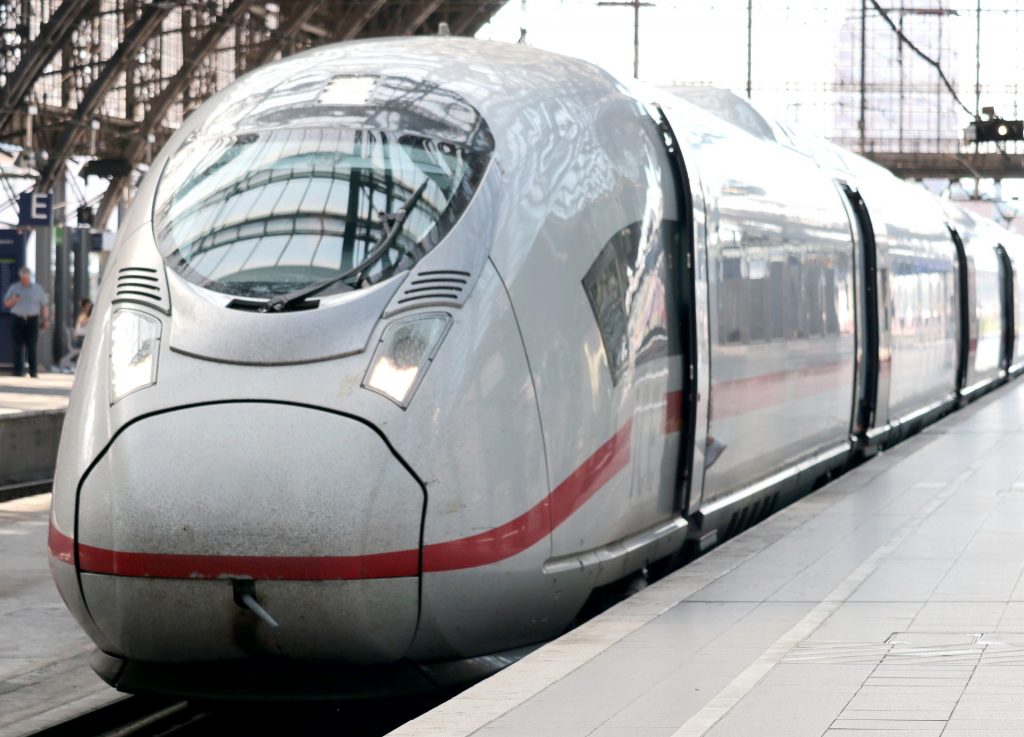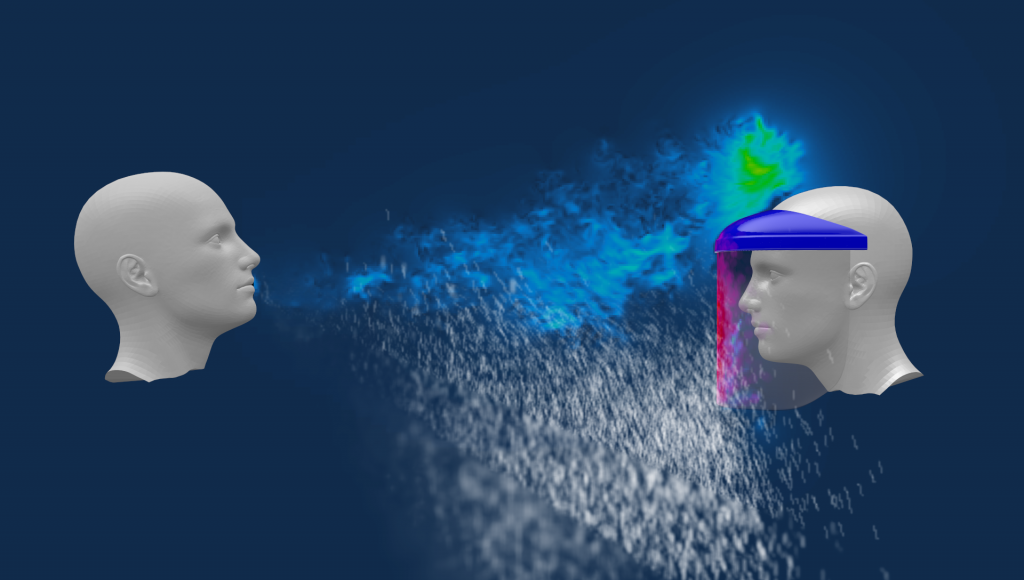
There is no doubt that the COVID-19 pandemic has disrupted many industries around the world. The railway transport industry, of course, is no exception.
The question is where do they go from here? The good news is that many organizations have found ways to overcome the physical limitations resulting from the coronavirus and are expanding their use of the digital world to help. In fact, many rail organizations are taking advantage of the opportunity for a digital transformation.
Systems in Place
Measures have been put into place, helping to ensure that public transport is a safe way to travel. For example, the recent article “The Digital Pandemic” in Rail Express by journalist Connor Pearce cites a system by developers at Auckland Transport that tags passengers getting on and off their buses, and the boarding and un-boarding information determines the number of empty and available seats. The data was also used to manage crowding on trains and platforms to ensure safe distancing.

Asset Management and Maintenance
Equally as important as keeping passengers safe, is keeping railway transport workers safe. As stated in the aforementioned article, one tool that is helping operators, as well as equipment manufacturers, to be flexible with demand and to respond efficiently, is virtual twins.
Virtual twins can recalibrate designs to accommodate physical distancing while virtually testing the spread of the disease within the confined environments experienced by train passengers. In addition, working with a model-based design on a virtual platform rather than a physical platform makes alterations and changes much easier. Model-based designs provide a lot of flexibility in implementing concepts that can lead to adopting those safe principles – safe through predictive intelligent asset management and maintenance via our virtual experience twins.
For additional details and a more in-depth look at the rail industry’s journey through digital, click here.

